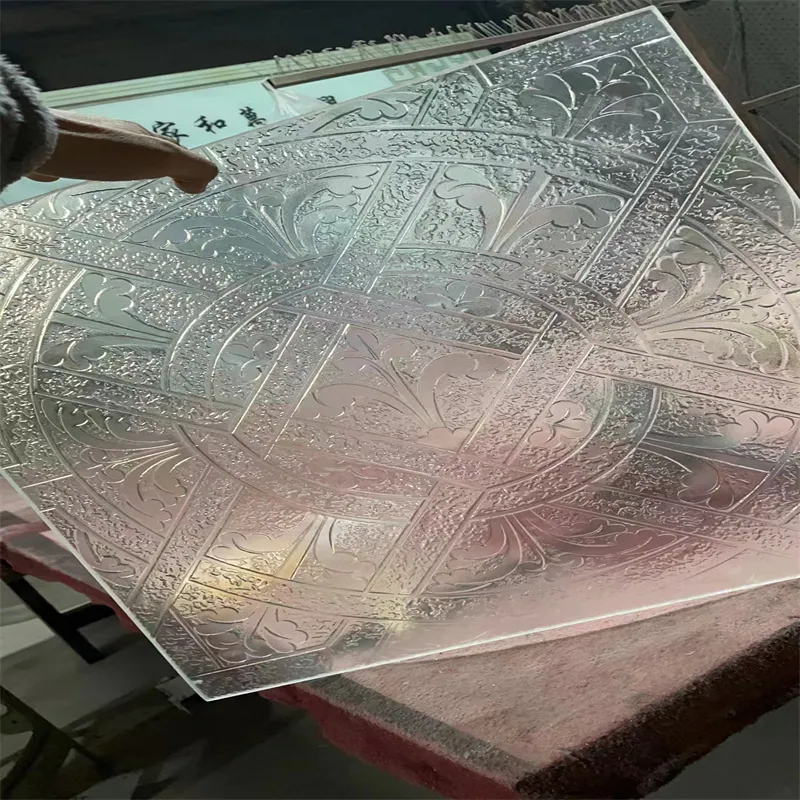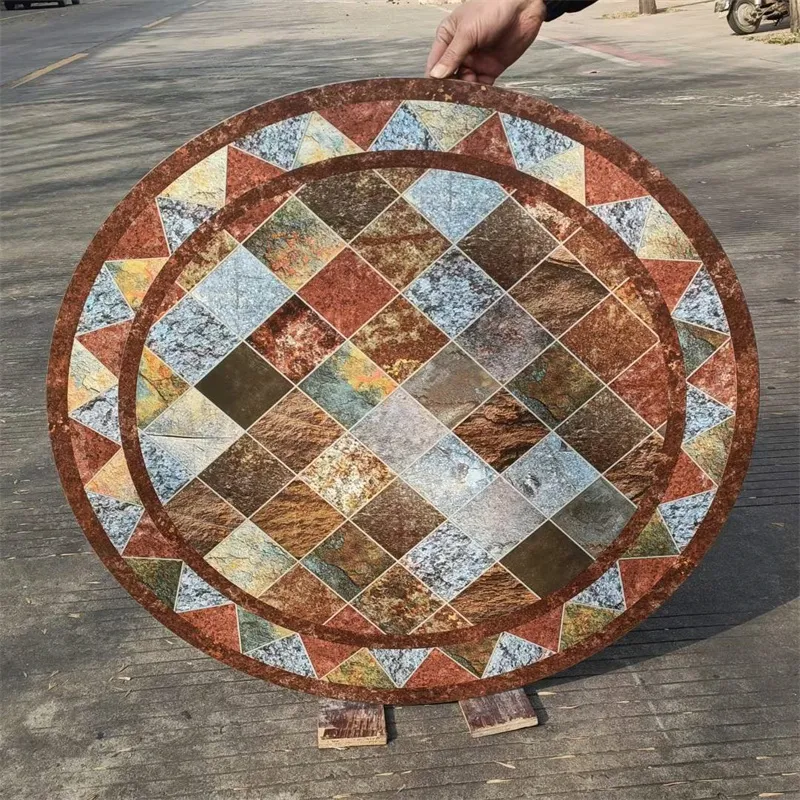Nov . 30, 2024 02:58 Back to list
Understanding the Benefits and Applications of Laminated Glass Panels in Architecture
Understanding Laminated Glass Pane Benefits, Applications, and Innovations
Laminated glass is a type of safety glass that consists of two or more layers of glass bonded together with an interlayer, usually made of polyvinyl butyral (PVB). This innovative glass technology offers a blend of aesthetic appeal, safety, and resilience, making it increasingly popular in various applications. The laminated glass pane stands out not only for its strength but also for the multitude of benefits it offers across different sectors including architecture, automotive, and consumer goods.
Benefits of Laminated Glass
One of the most significant advantages of laminated glass is its safety features. In the event of breakage, the interlayer holds the shards of glass together, greatly reducing the risk of injury caused by flying glass pieces. This property makes laminated glass an ideal choice in environments where safety is a priority, such as in schools, hospitals, and high-rise buildings.
Additionally, laminated glass provides excellent UV protection. The PVB interlayer filters out up to 99% of harmful ultraviolet rays, which helps to protect furnishings and artworks from fading over time. This characteristic is particularly valuable in residential settings where natural light is abundant, as it allows for bright interiors while minimizing damage from UV exposure.
Moreover, laminated glass offers enhanced acoustic insulation. The interlayer can absorb sound vibrations, resulting in a quieter indoor environment. This features particularly beneficial in urban areas where noise pollution is a common concern.
Applications in Architecture
In the realm of architecture, laminated glass is widely utilized in facades, skylights, and glass railings. Its ability to be manufactured in various thicknesses and custom shapes allows architects to experiment with large structures while adhering to safety standards. Laminated glass not only adds an aesthetic appeal with its clear view but also provides an additional layer of security and energy efficiency, as it can be produced with energy-efficient properties.
For instance, in modern office buildings, the use of laminated glass helps in creating open spaces filled with natural light, while providing sound insulation from the busy streets outside. Furthermore, the glass can be treated with low-emissivity coatings that minimize heat transfer, making it an environmentally friendly option in green building practices.
laminated glass pane

Automotive Industry Applications
The automotive industry has also embraced laminated glass, particularly in windshields. The combination of safety and clarity provides drivers with a clear line of sight while ensuring that any breakage does not compromise the vehicle's structural integrity. Today’s vehicles utilize laminated glass in both the windshield and side windows for enhanced passenger protection against glass-related injuries during accidents.
Additionally, laminated glass in cars helps reduce noise levels from outside, creating a more comfortable driving experience. With advancements in technology, manufacturers are also exploring features such as integrating sensors into laminated glass, enhancing functionality while maintaining safety standards.
Innovations in Laminated Glass Technology
Recent innovations in laminated glass technology have focused on enhancing its properties further. For instance, smart laminated glass products are emerging, which can change color or opacity when subjected to specific stimuli like light or electrical signals. This capability facilitates privacy without sacrificing natural light and can be particularly useful in commercial spaces.
Moreover, sustainable practices are being incorporated into the laminated glass production process. Manufacturers are now exploring the use of recycled materials in the production of glass and interlayers, reducing waste and energy consumption during manufacturing.
Conclusion
In conclusion, laminated glass panes represent a remarkable blend of functionality, safety, and aesthetics. Whether in futuristic cityscapes, cutting-edge vehicles, or everyday household items, laminated glass continues to evolve, embracing new technologies and responding to the growing demand for sustainability. As we look to the future, the innovations surrounding laminated glass promise to enhance its utility even further, ensuring it remains a staple in various fields for years to come.
-
Safety and Style with Premium Laminated Glass Solutions
NewsJun.24,2025
-
Reinvents Security with Premium Wired Glass
NewsJun.24,2025
-
Premium Float Glass Line for Modern Architecture
NewsJun.24,2025
-
Low Emissivity Glass for Energy-Efficient Architecture
NewsJun.24,2025
-
High-Performance Insulated Glass Solutions for Modern Architecture
NewsJun.24,2025
-
Elevates Interior Style with Premium Silver Mirror
NewsJun.24,2025
Related PRODUCTS














